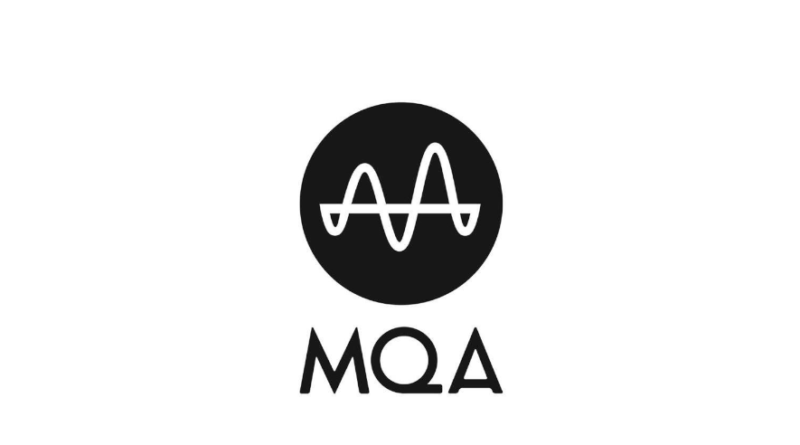I recently talked with Mike Jbara, CEO of MQA about how MQA is an applicable technology to a wide range of sound applications and home entertainment during the time of social distancing. Part 2. (Part 1 here)

Maureen Jenson: Of course music remains a key focus for MQA; however the technology seems to be applicable to a wide range of sound applications. I understand that you have been experimenting with broadcast opportunities in Japan. Can you walk us through how that would work, what hardware/software would be required to realize MQA through broadcasting?
Mike Jbara: Each broadcaster, whether the content is live or pre-recorded, has a workflow in which encoded video is matched with encoded audio in a single file ready to broadcast.
Just as in music, MQA audio is backward compatible and will play anywhere the video format of choice is playable. For services who want to ensure the full MQA original audio, the decoder implementation is the same as in music – a quick integration of our decoder in the video player app OR in the device itself. Apps on mobile devices, tablets, smart speakers, smart TVs, AV receiver/streamer and set top boxes are all eligible, as well as the devices themselves.
In many ways the video ecosystem is much more prepared for higher quality audio than the music industry was. HD video has educated that industry on how to message improved quality to the consumer, while the messaging from the music industry is still inconsistent and sometimes clumsy.
The content curation and segmentation of OTT services means those who want to lead can move quickly with the video libraries they control. The inherent flexibility of the OTTs also means they control both ends of the chain and are self-sufficient when introducing new features to their services.
MQA is also being used as a professional production tool by partners who believe MQA creates a better source even when the consumer playback might be constrained by the delivery pipe. Examples are modes such as satellite transmission or low-quality video streaming platforms.
MJ: What do you see on the horizon for consumer entertainment in general and more specifically for MQA?
Mike Jbara: If I could, I would turn that question around for your readers so that we are focusing on what is most important to them. The CI industry has consistently been the early indicator for what the mainstream should be expecting.
In the absence of that, I’ll share a few thoughts:
Good storytelling appears to be the dominant gene in the most exciting and growing entertainment categories. Those stories can be about competition, a mission, a love story, a biography of an important figure or the creative process behind a work of art.
Gaming – including e-sports – seems to be writing that book every day.
Music – often described as the soundtrack to our lives – sounds like a great complement to these stories. As a commercial proposition in this attention economy, that only sustains musicians if those experiences are deeply engaging. While we clearly believe that the audio playback must be as good as the original work, the consumer must be able to learn more about the artist and the performers while listening, and visual experiences need to allow the consumer to feel closer to those artists.
MQA’s role is to be the enabling technology behind the creators – whether visual artists, musical artists, spoken word performers, or filmmakers. In the near term, our team will continue to support a growing set of partners looking to include MQA within their video experiences. We also have a view toward the future of hardware devices and accessories so that MQA authenticated audio can be available to each person’s ear wherever, however, and whenever they listen.
MJ: Given the current mandates of social distancing and isolation, how might we experience these exciting developments at home? And any advice on how we can best support the artist community during this time?
Mike Jbara: When Bob created MQA, backward compatibility was a priority for him. Much of the improvement of the audio file results from the master file ‘cleaning’ that happens when the MQA file is created and when the live audio is prepared. As a result, an MQA file played on any device sounds better. Anyone with the ability to play audio today can experience the MQA improvement.
The home is an ideal environment for MQA in video because of the access to high quality monitors and good connection speeds. The catalog of performances from the most recent BME Sessions, as well as a selection of pre-recorded music videos across a mix of genres, are all available to play back on mqa.co.uk. While showcasing MQA’s technology, the BME Sessions were also an opportunity to support some of the UK’s most exciting young talent and provide a platform for them to reach a wider audience.
If inclined to hear the original resolution, it is easy to find dozens of MQA-enabled playback devices online in every market.
There’s so much great music being created, I’d encourage music fans to keep listening, sharing and being inspired by new artists – they need our support. I must admit, it is difficult to think about business opportunities when we are surrounded by so many stories of personal tragedy.
I hope that you are keeping safe and well, Maureen. Thanks for making time to discuss and write about MQA.



